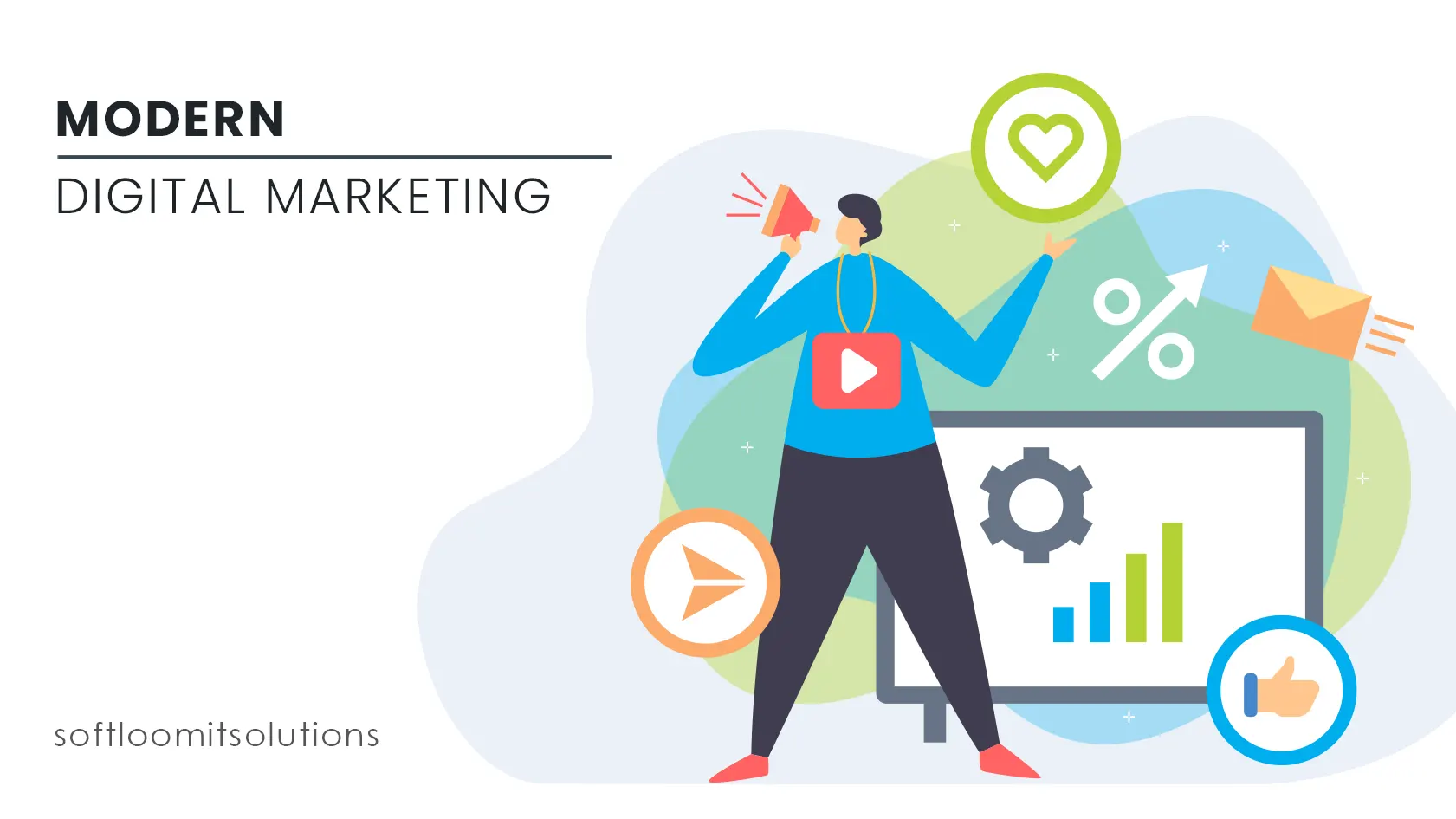Digital marketing is an ever-evolving field, and as consumers become more discerning about the content they engage with, brands must stay ahead of the curve. Traditional, one-way messaging no longer packs the SEO punch it once did, especially in a world where users expect to interact, contribute, and feel like they’re part of the conversation. The role of interactive content here is crucial. Unlike static content, interactive materials encourage user participation, providing immediate feedback and personalizing the user experience in real-time.
Why Interactive Content?
Interactive content transforms the way brands connect with their audience. Here’s why it’s so effective:
Static vs. Interactive Content: A Comparison
Static Content
- Pros: Informative, consistent messaging, easy to produce.
- Cons: One-way communication, less engaging, limited data collection.
Interactive Content
- Pros: Engaging, dynamic, personalized, rich data insights.
- Cons: More complex to create, requires more resources.
Types of Interactive Content
Quizzes and Assessments
Quizzes and assessments are popular forms of interactive content that can be tailored to provide personalized results.
Benefits:
Interactive Infographics
Interactive infographics take visual content to the next level by allowing users to engage with the data.
Benefits:
Polls and Surveys
Polls and surveys are excellent for gathering user opinions and preferences quickly.
Benefits:
Calculators
Interactive calculators help users find personalized answers to specific questions.
Benefits:
Interactive Videos
Interactive videos allow viewers to control their viewing experience, making choices that influence the narrative.
Benefits:
Augmented Reality (AR)
AR brings virtual elements into the real world, enhancing the decision-making process.
Benefits:
Strategic Integration of Interactive Content

Identifying Goals and Audience
Defining your goals and knowing your audience is crucial before creating any interactive content. Are you looking to generate leads, boost engagement, or increase brand awareness? Different goals will dictate the choice of content.
Choosing the Right Type of Content
Select the most suitable interactive format based on your goals and audience preferences. For instance, quizzes and calculators might be ideal for lead generation, while AR experiences could enhance the decision-making process.
Creating Valuable Content
Ensure your interactive content provides immediate value. Offer solutions, simplify interaction, and deliver personalized feedback to make the experience rewarding for users.
Integrating with Existing Campaigns
Align your interactive content with broader marketing campaigns. Share it across multiple channels to maximize reach and incorporate calls to action to guide users towards specific actions.
Analyzing and Optimizing
Regularly analyze engagement metrics, conversion rates, and feedback to refine your interactive content strategy. Use this data to understand what resonates with your audience and make necessary adjustments.
Interactive content has reshaped digital marketing by blending user engagement with valuable data insights. Interactive content builds memorable customer journeys that drive conversions and foster loyalty, whether it’s a fun quiz at awareness stage or an immersive AR experience to close the sale. By strategically integrating interactive content into your marketing strategy, you can create engaging, personalized experiences that turn passive viewers into enthusiastic brand advocates, fueling sustained growth and success.






